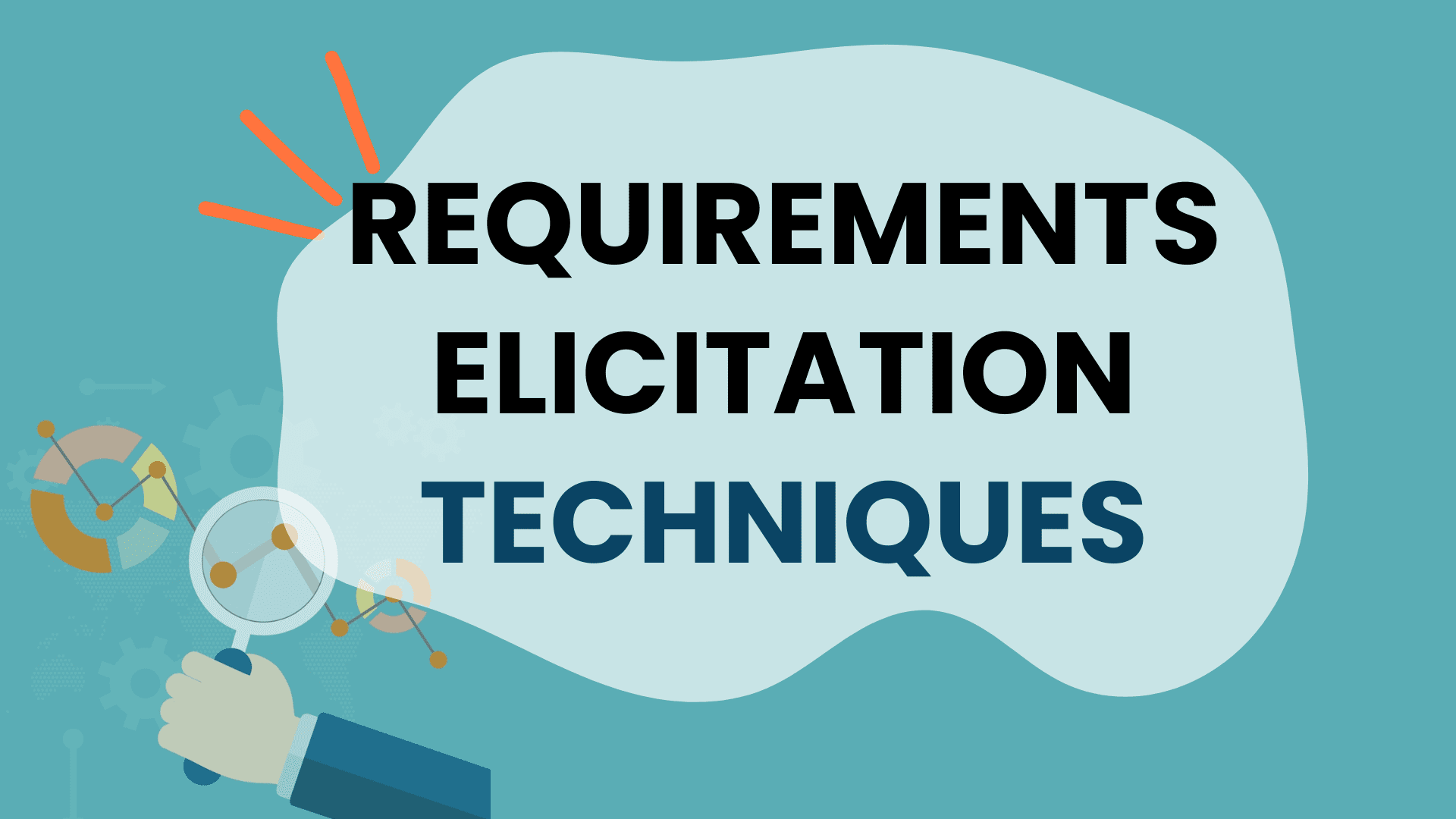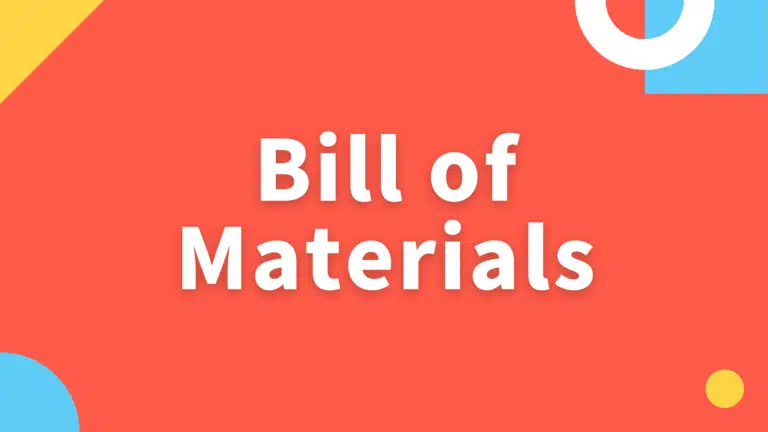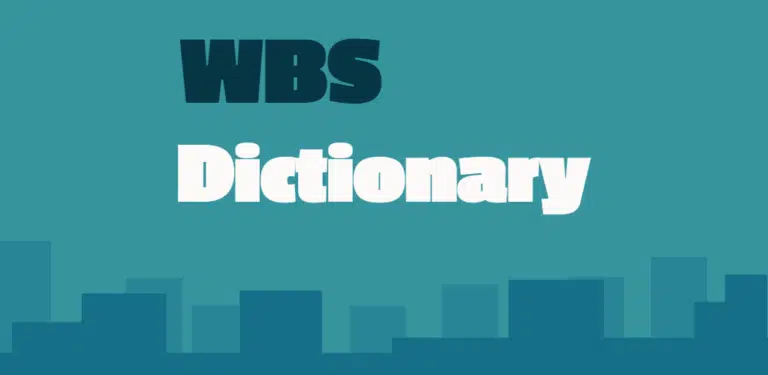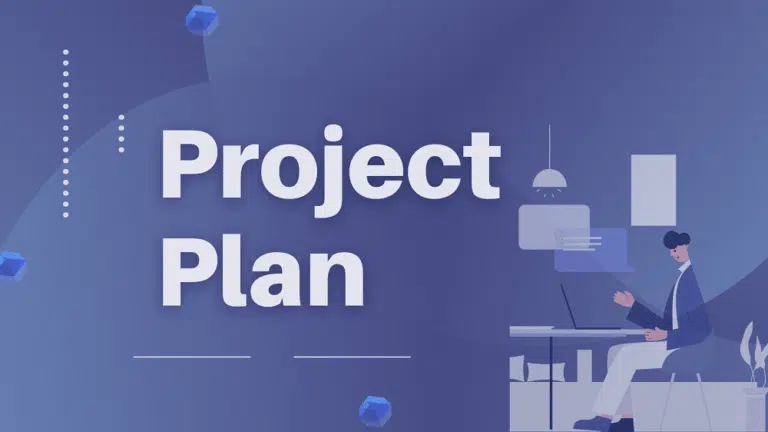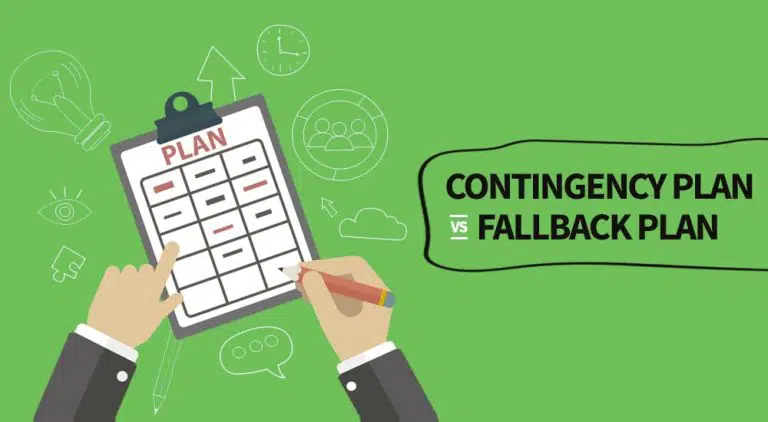The PMI (Project Management Institute, USA) popularized the term “requirement elicitation” when they published the second edition of the BABoK (Business Analysis Body of Knowledge) Guide in 2009.
The BABoK Guide is the most popular guide for business analysts.
In today’s blog post, we will discuss the requirement elicitation technique in detail, but let’s first understand what “elicitation” means.
What is Elicitation?
The word “elicit” originated from the Latin term “elicio,” which means “to draw out,” and according to the Oxford Dictionary, elicitation means the act of getting information or a reaction from somebody, often with difficulty.
Elicitation is gathering information from individuals or groups to understand their needs, wants, or expectations. It is a crucial step in various fields, including software development, business analysis, and project management.
What is Requirement Elicitation in Business Analysis?
Requirements elicitation is a complex and discussion-intensive subjective technique that helps business analysts or project managers get the required information. This is a key software development or project management technique in determining the project requirement, estimating budget and duration, etc.
The accuracy and soundness of the elicitation requirement process depend on the subject-matter experts and the moderator’s facilitation techniques.
A good moderator can take the discussion positively, discourage the blockers, and encourage all experts to get their best output.
Top 9 Requirement-Elicitation Techniques
The following are the popular techniques used in the requirement elicitation:
#1. Brainstorming
Brainstorming is the most popular requirement elicitation technique. In this technique, a facilitator or business analyst gathers a group of stakeholders and asks them to provide their ideas on the given agenda. The participants can express their ideas openly, or the facilitator or business analyst can provide them with a piece of paper to write their ideas on privately.
The facilitator can then collect these ideas, disregard the duplicates, and sort them categorically for further analysis.
Brainstorming is a useful requirement elicitation technique to generate creative ideas, identify potential features, and/or explore various solutions.
It encourages active participation from stakeholders, fosters collaboration, and promotes the free exchange of ideas. By facilitating open and free discussions and idea sharing, brainstorming helps uncover diverse perspectives and can lead to innovative requirements for a project.
#2. Focus Groups
You perform a focus group after the brainstorming sessions, document analysis, interviews, etc. Here, participants refine the collected ideas and further analyze them to reach an agreement.
In this technique, subject matter experts are invited to provide their feedback.
The focus group technique is valuable in requirement elicitation when gathering input and feedback from diverse stakeholders.
By bringing together a representative sample of participants, focus groups facilitate discussions, promote consensus, and reveal collective insights, helping shape requirements that reflect a broad range of perspectives.
#3. Interviews
This elicitation technique is highly effective but time-consuming and reserved for key relevant stakeholders.
Business analysts use this technique to collect input from influential stakeholders such as someone from the top management, clients, industry experts, etc. Business analysts can approach these stakeholders with an assistant and pre-planned questions. The business analysts will ask questions, and the assistant will take notes or record the conversation.
The interview technique is beneficial when you need in-depth, personalized insights from individual stakeholders or experts. It is useful for capturing nuanced details, uncovering hidden requirements, and addressing specific concerns.
Interviews allow for open-ended discussions, thereby enabling the interviewer to probe for clarification and gather detailed information. This technique is ideal for gathering rich, context-specific requirements and building strong connections with key stakeholders.
#4. Workshops
This requirement elicitation technique is used for complex problems involving expert stakeholders. In this technique, a facilitator will bring in subject matter experts, explain the problem, and ask attendees to help solve the problem during the “requirement workshop” exercise.
This highly intensive and focused brainstorming session helps experts collaborate and reach an agreeable conclusion.
Workshops are ideal for fostering creativity, brainstorming ideas, and achieving. Workshops facilitate real-time problem-solving, allow immediate feedback, and encourage participants to explore and refine requirements collectively.
This technique is effective for complex projects that benefit from cross-functional collaboration and where buy-in and alignment among stakeholders are vital.
#5. Observation
Observation is a fantastic elicitation technique that is also known as job shadowing. It helps understand the requirements based on the on-job or on-site observation by the business analysts. Here, analysts can get the live data from practical experience, and nothing can beat the accuracy of this information.
Observation helps improve process flows and the work environment.
Observation can be active or passive. In active observation, you ask questions and attempt the work. In passive observation, you silently observe the work, sit with workers, and observe how they are doing their work.
The observation technique is valuable in requirement elicitation when you need to understand how users or stakeholders interact with a system or process in their real environment. It effectively identifies unspoken or implicit requirements, as it provides firsthand insight into user behavior, pain points, and needs.
Observation helps capture context-specific details and is useful in usability and field studies, as well as process improvement.
#6. Document Analysis
Document analysis is a requirement elicitation process where business analysts review the existing business or project documents to collect the data or information.
Business analysts can go to the organizational process assets, remove the old project documents, lessons learned, etc., and review them to analyze the information and data within.
This technique is used before other elicitation methods (e.g., brainstorming, focus groups, interviews, etc.).
Document analysis is a valuable requirement-elicitation technique to extract information and requirements from existing documentation (e.g., reports, manuals, or specifications). It is useful for projects in which historical or regulatory context is crucial.
Document analysis lets you uncover hidden requirements, constraints, and guidelines that may have been overlooked.
#7. Surveys and Questionnaires
When businesses are required to collect large geographic data, they use surveys and questionnaires. Here, you can send or distribute a questionnaire to the end users, the general public, or a select group to provide feedback.
After collecting the feedback, the data is further analyzed using other techniques, such as focus groups. If you wish, you can collect the data anonymously or anonymize it later.
Surveys and questionnaires efficiently gather quantitative information, opinions, and preferences on a broad scale. Anonymity makes it suitable for sensitive topics and can help identify trends and patterns in stakeholder feedback.
Due to electronic media, this technique is cost-effective and useful for initial data collection, especially when extensive one-on-one interactions are impractical or time-consuming.
#8. Prototyping
In prototyping, users can see the original model of the product, use it, and provide feedback. Business analysts can use this information to refine the product further.
Information obtained from this requirement-elicitation technique is useful to develop the final product.
Prototyping is a useful requirement-elicitation technique to visualize and validate a system’s functionality and design early in development. It effectively captures user feedback and refines requirements through iterative feedback loops. Prototyping enables stakeholders to interact with a tangible representation of the system, thereby facilitating a deeper understanding of their needs and expectations.
#9. Interface Analysis
Interface analysis helps business analysts understand the interactions and connections between different components or systems. The goal of interface analysis is to ensure that the interfaces (i.e., points of interaction) between different elements are well-defined, efficient, and effectively facilitate communication and data exchange.
It is a crucial step in the design and development of software applications, as it helps to ensure that the various components of the system can communicate and work together effectively.
Interface analysis is valuable in requirement elicitation when your project integrates with other systems or existing software. It helps in understanding the compatibility and interoperability requirements of your system. By examining interfaces and dependencies, you can identify constraints and integration points, ensuring your requirements align with the external systems your project interacts with.
Considerations While Using Requirement Elicitation Techniques
Asking good questions is the key skill in using elicitation techniques such as interviews, brainstorming, focus groups, etc. Asking questions keeps the conversation going and provides the feedback not provided in general discussion.
The facilitator can ask specific questions and get feedback. Questions can be close-ended or open-ended. Close-ended questions require answers in the form of yes or no, and open-ended questions require in-depth explanations.
Active listening is a communication skill that involves fully engaging with and understanding what a participant is saying. It requires giving the speaker your full attention, avoiding interruptions, and showing empathy through nonverbal cues. Active listeners ask clarifying questions and provide feedback to demonstrate engagement.
Active listening plays key role during the requirement elicitation process. Active listening involves listening to the viewpoint and clearly understanding the idea or opinion.
Summary
These nine requirement elicitation methods discussed in this post offer a diverse toolkit to extract, clarify, and document essential business needs.
Note: No single technique fits all scenarios. You must adapt and combine these methods per your unique context and stakeholders’ requirements. Effective communication, active listening, and a deep understanding of the business environment are integral to success.

I am Mohammad Fahad Usmani, B.E. PMP, PMI-RMP. I have been blogging on project management topics since 2011. To date, thousands of professionals have passed the PMP exam using my resources.

